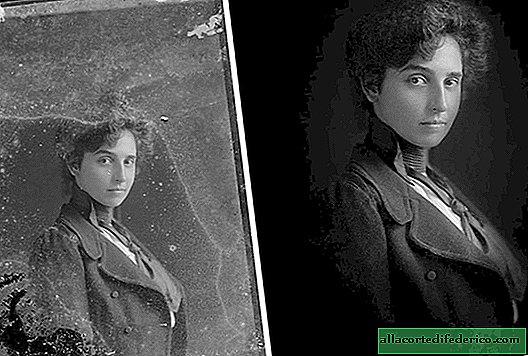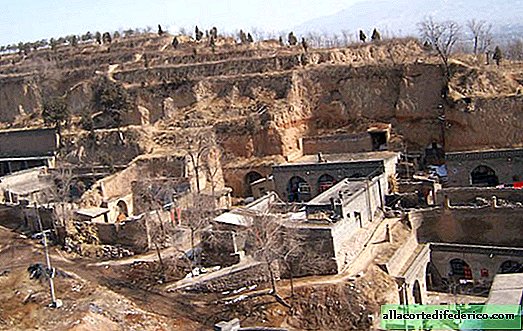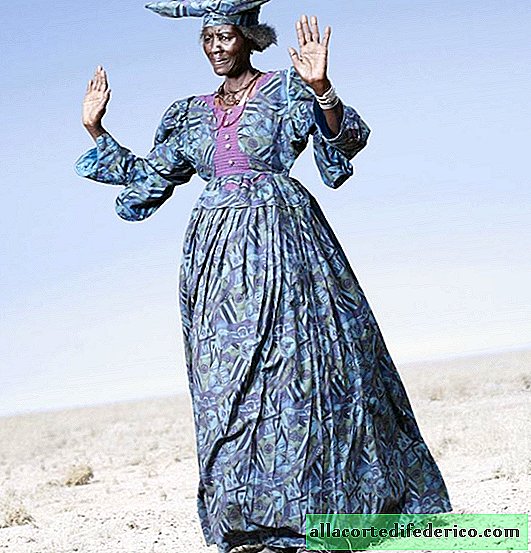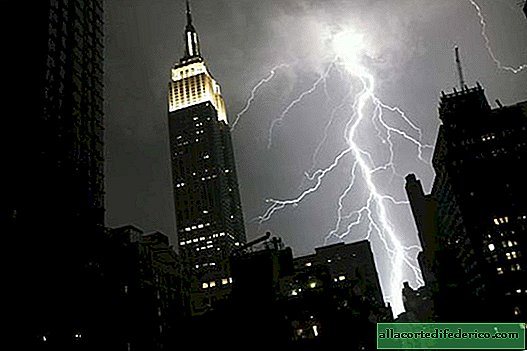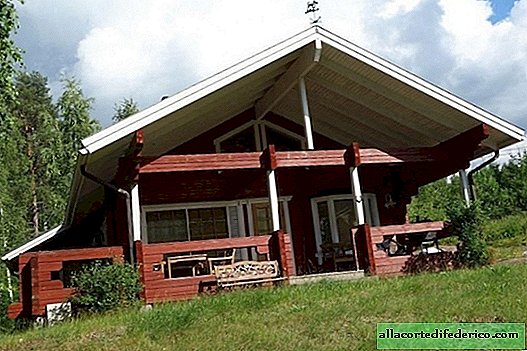Incredibly beautiful paper theaters - 19th century entertainment
In the 19th century, enterprising Englishmen figured out how to move the theater into the house. In England, in the era of the Regency, namely in the early 1800s, the theater was so popular that it caused unrest in society.
In 1809, when the Covent Garden Theater tried to increase ticket prices, the audience was so outraged that they raised a riot. For more than two months in a row, they screamed, rattled, rang bells and even brought pigs to the theater to drown out the actors. The protest was heard, the administration lowered prices.
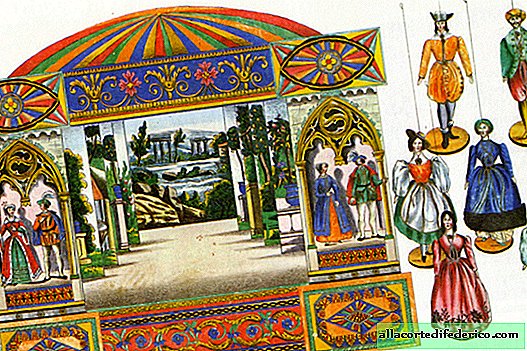
Unofficial performances held in abandoned warehouses were very popular. They gathered crowds of people. Amateur artists performed obscene songs, made reconstruction of shocking local crimes, told about incidents and showed in a summary of the plays of Shakespeare and other playwrights.
Representations changed depending on the events taking place. Since all this was done without the permission of the authorities, the artists and spectators could easily end up in jail. But these events were so popular that sometimes they had to give six shows a day. Children's performances were in special demand.

In an era when Netflix and YouTube were gone, enterprising toy makers developed a new way to bring entertainment to their homes: paper theaters. For one penny, buyers received a tiny cardboard stage the size of a book with an upscene, curtains, and sometimes even a paper audience.
The characters were also made of paper. Moreover, each of them froze in a characteristic dramatic position for him: the villains waved revolvers, clouds of gunpowder escaped, cheerful sailors danced, clowns jumped out of the barrels.

Heroes could appear again and again, as many times as the plot required. A brief script or play was attached to the sets. Paper presentations could be in different genres: melodrama, epic story, stories about life in extravagant haunted castles. Moreover, if the plot suggested the appearance of a rider on a horse, then special cuts were made in the back of the scene, from where he appeared. Often, the basis for the script was well-known classic works adapted for children's perception.
It is easy to imagine how children enriched known stories and changed the plot with their imagination. The characters of one work easily wandered into another. The German poet Johann Goethe told friends how his son August arranged paper performances and the main artist in his theater was a domestic cat.

Later, the director of paper performances, future writer Gilbert Keith Chesterton recalled how he could influence the scale of events. Give some more importance, others less. He represented Judgment Day with falling cities and stars, but in his childish interpretation, everything ended well.
Paper performances were fond of Robert Lewis Stevenson, Richard Wagner, Jean Cocteau. Wagner generally claimed that he invented his "Ring of the Nibelungs", embodying it on a toy stage. And Stevenson said that for the first time in the world of adventure he plunged through such a theater, it was so exciting that his life was determined.
The magic of paper theater was not only in the fact that it allowed children to reproduce their favorite play at home, but also to show a creative constructive beginning.






